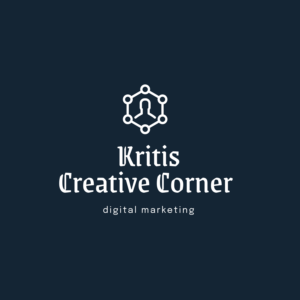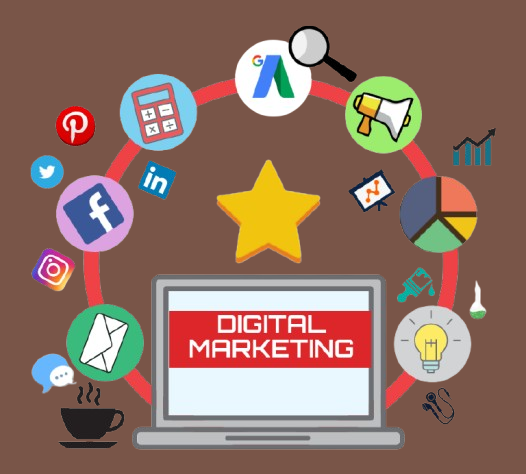
Digital marketing refers to the use of online platforms and strategies to promote products, services, or brands. It includes techniques like search engine optimization (SEO), social media marketing, email campaigns, and content marketing. Its importance lies in its ability to connect businesses with targeted audiences, enhance visibility, and drive measurable results. Whether through paid ads, organic traffic, or innovative technologies like AI, digital marketing is essential for building brand recognition and achieving business growth in today’s digital era.
1) Search Engine Optimization (SEO)-: |
Search Engine Optimization (SEO) is the practice of improving a website’s visibility on search engine result pages (SERPs) by optimizing its content, structure, and technical elements. The goal is to attract organic (unpaid) traffic by aligning the site with search engine algorithms. This involves keyword research, creating high-quality content, enhancing user experience, building backlinks, and ensuring mobile-friendliness. SEO helps businesses connect with their target audience, boost online presence, and achieve higher rankings, ultimately driving more traffic and potential customers to their site.

2) Content Marketing-: |
Content marketing is a strategic approach focused on creating and distributing valuable, relevant, and consistent content to attract and retain a clearly defined audience. The goal is to drive profitable customer actions by addressing their needs and solving their problems through blogs, videos, social media posts, infographics, and other formats. Unlike traditional advertising, content marketing builds trust and authority over time, helping businesses establish long-term relationships with their audience while boosting brand awareness and engagement.
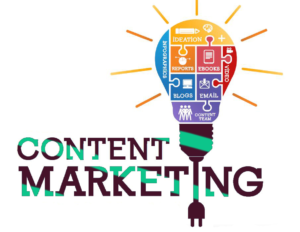
3) Social Media Marketing-: |
Social Media Marketing involves using platforms like Facebook, Instagram, Twitter, and LinkedIn to promote products, services, or brands. It aims to increase engagement, build a community, and drive traffic or sales through organic or paid strategies. By creating relevant and engaging content, businesses can connect with their audience, enhance brand visibility, and foster relationships, driving both short-term and long-term business success. Social media marketing also includes tracking and analyzing campaign performance for optimization.

4) Email Marketing-: |
Email marketing is a direct marketing strategy where businesses send targeted messages to their audience through email. This method is used to build relationships, provide updates, promote offers, and nurture leads. By segmenting audiences and personalizing content, email marketing increases engagement and conversion rates. It is one of the most cost-effective ways to maintain customer relationships and drive sales.
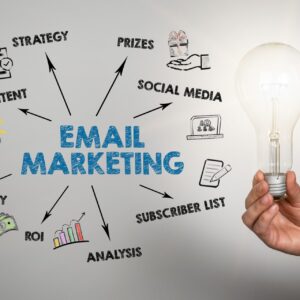
5) Pay-Per-Click (PPC) Advertising:- |
Pay-Per-Click (PPC) is a digital advertising model where businesses pay a fee each time their ad is clicked. PPC ads appear on search engines or social media platforms and are often based on keyword targeting. It’s an effective way to drive traffic quickly and can be highly targeted, ensuring businesses reach their ideal audience. PPC helps with immediate visibility, but it requires strategic planning and optimization to achieve maximum ROI.
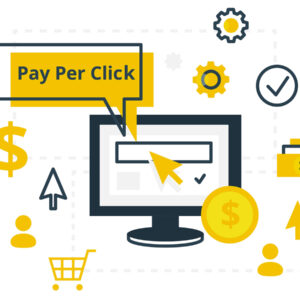
1) Global Global -: |

Global reach refers to the ability of a business or brand to access and engage audiences across different countries and regions, breaking down geographical barriers. Digital marketing enables businesses to expand their presence globally by leveraging online platforms like social media, search engines, and websites, allowing them to target a worldwide customer base effectively. This broadens market opportunities and increases brand visibility on an international scale.
2) Cost - Effectiveness:- |

Effectiveness in digital marketing refers to how well a strategy or campaign achieves its intended goals, such as driving traffic, increasing sales, or improving engagement. Metrics like conversion rates, click-through rates (CTR), and return on investment (ROI) help evaluate effectiveness. Adjusting strategies based on performance data is crucial for maximizing results and ensuring marketing efforts are aligned with business objectives.
3) Targeted Marketing:-: |
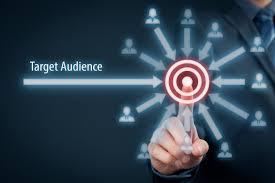
Targeted marketing is the practice of focusing marketing efforts on specific groups of consumers based on demographics, behavior, or interests. By analyzing customer data, businesses tailor messages and offers that resonate with the right audience. This precision improves engagement, increases conversion rates, and maximizes return on investment, as it ensures marketing resources are spent efficiently.
4) Engagement and Interaction:- |

Engagement and interaction in digital marketing refer to the two-way communication between businesses and their audience. It involves actively responding to comments, messages, and feedback while encouraging conversations on social media platforms. This helps build relationships, boost customer loyalty, and foster a sense of community. Effective engagement ensures that the audience feels valued and more likely to convert into loyal customers.
5) Measurable Results-: |

Measurable results in digital marketing refer to the ability to track and assess the performance of campaigns using data and analytics tools. Key performance indicators (KPIs) like website traffic, click-through rates, conversion rates, and ROI help businesses evaluate whether their marketing strategies are working. This data-driven approach allows for optimization and continuous improvement of campaigns to ensure desired outcomes are achieved.
